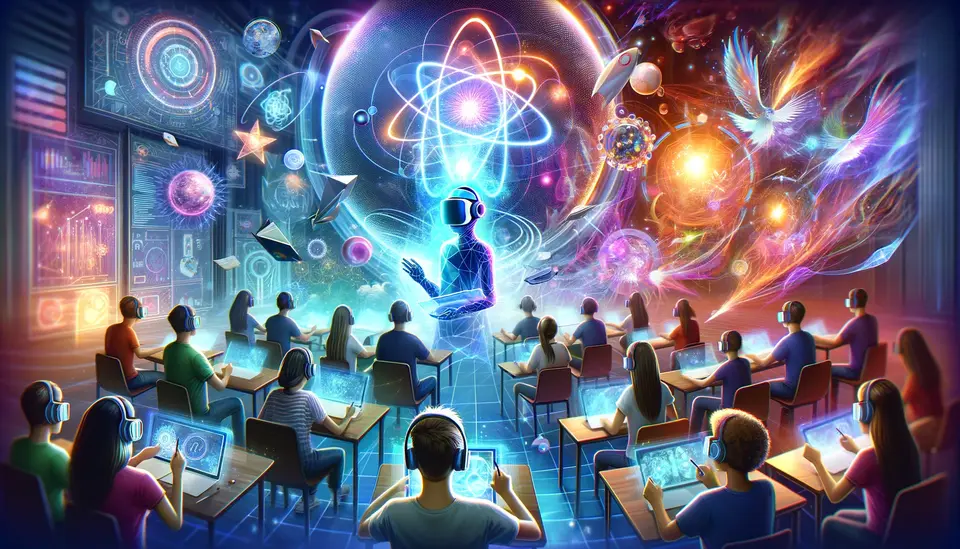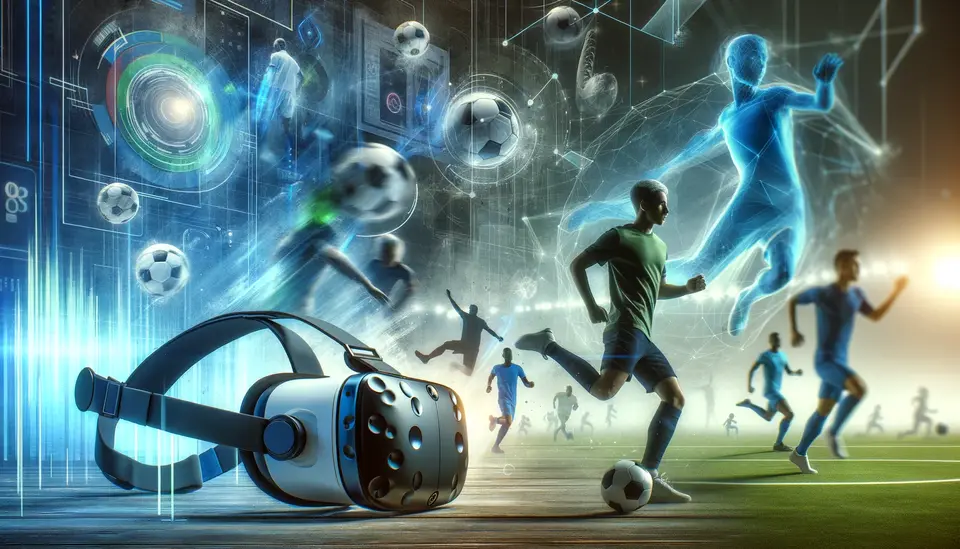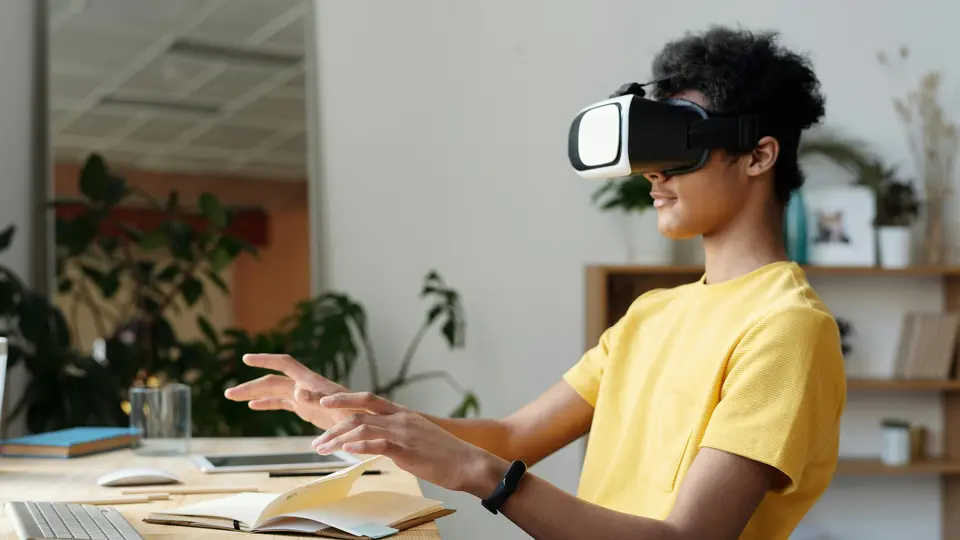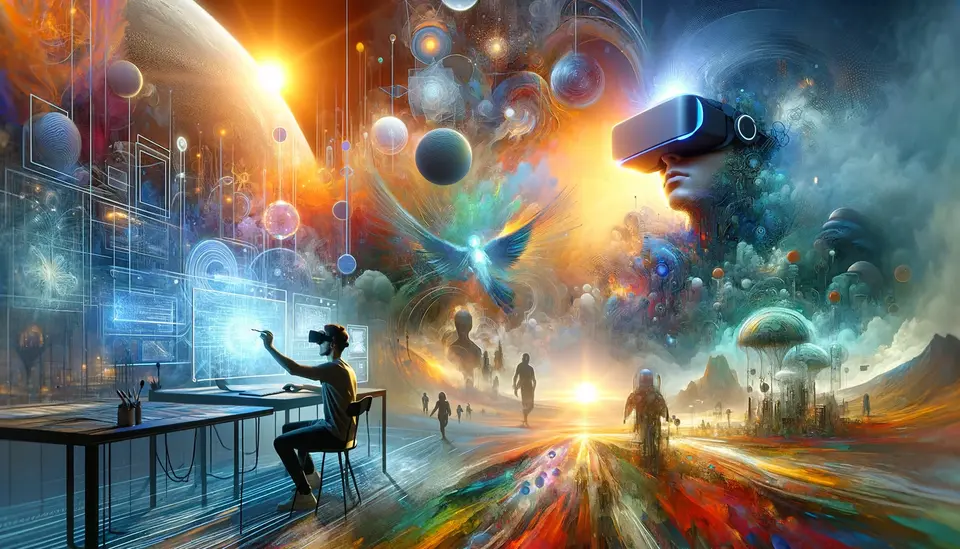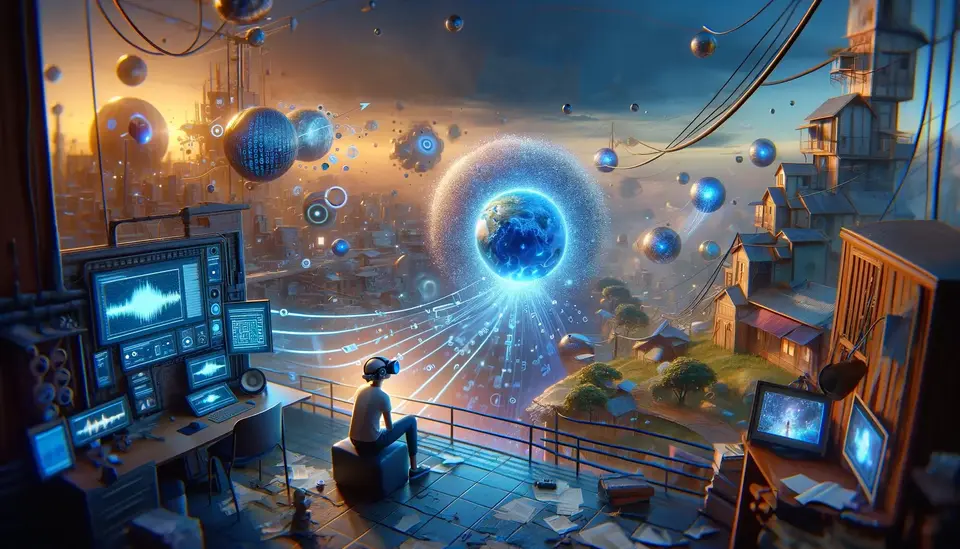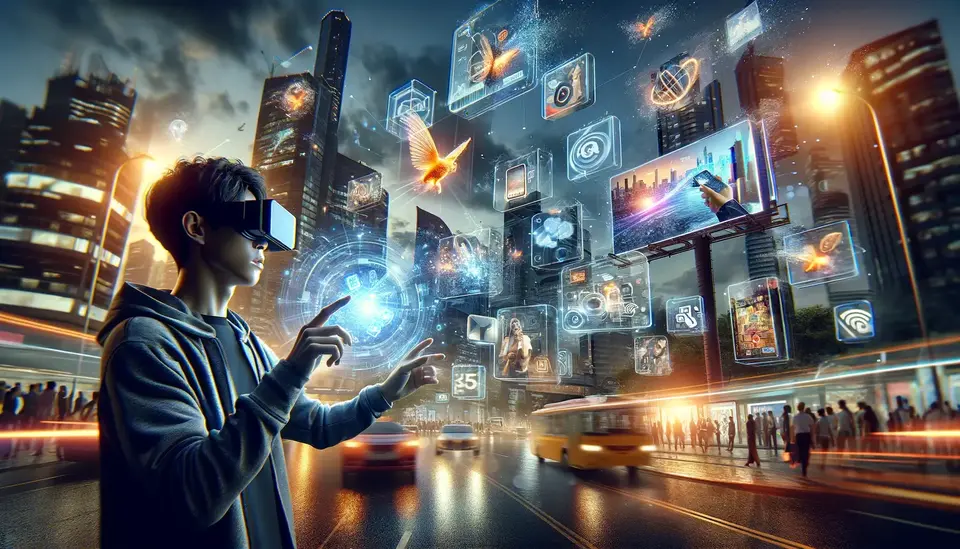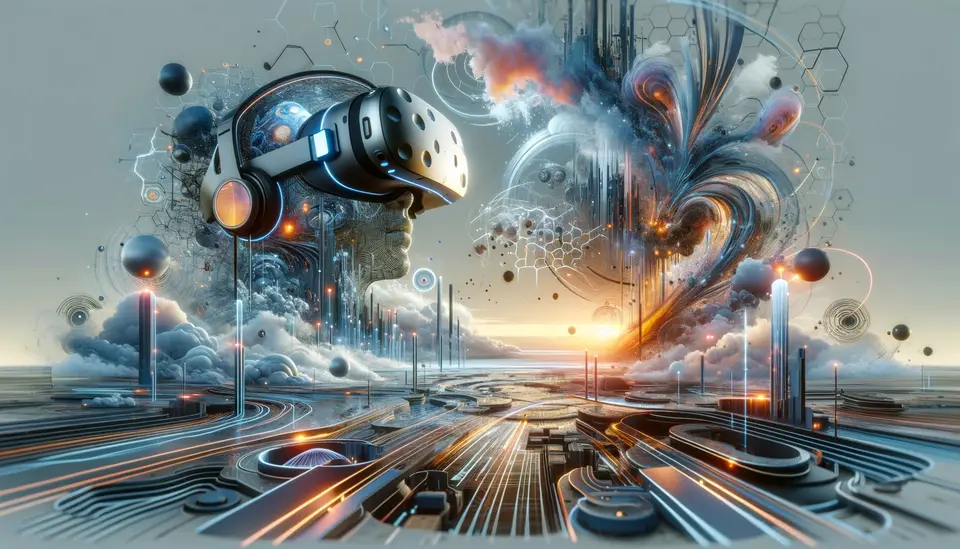Sora's Role in Virtual Reality (VR) Based Learning
Posted on March 2, 2024 7 minutes 1424 words
Table of contents
Introduction
Brief overview of VR-based learning: current state and potential
Virtual Reality (VR) has transformed the landscape of digital education, offering immersive experiences that enhance engagement and comprehension. By simulating real-world scenarios, VR-based learning allows students to interact with their educational content in a hands-on manner, making complex concepts more accessible and engaging. The current state of VR in education showcases its potential to revolutionize traditional learning environments, from medical training simulations to historical recreations, offering a wide range of applications that cater to various learning styles and needs. As technology advances, the potential for VR in education expands, promising even more immersive and interactive learning experiences.
Introduction to Sora and its relevance to VR-based learning
Sora, as a cutting-edge AI model developed by OpenAI, brings a new dimension to VR-based learning through its ability to generate realistic and imaginative scenes from textual instructions. This capability of Sora is particularly relevant to VR-based learning, as it can create dynamic, detailed, and varied educational content, enhancing the immersive experience VR aims to provide. By integrating Sora into VR environments, educators and developers can produce a myriad of scenarios and simulations that were previously unattainable due to resource or technological constraints.
Thesis statement: How Sora can revolutionize VR learning experiences
Sora has the potential to revolutionize VR learning experiences by providing a tool that can generate bespoke, highly detailed, and contextually rich environments on demand. This ability not only expands the scope of VR learning modules but also enhances their quality, making learning more engaging, effective, and tailored to individual needs.
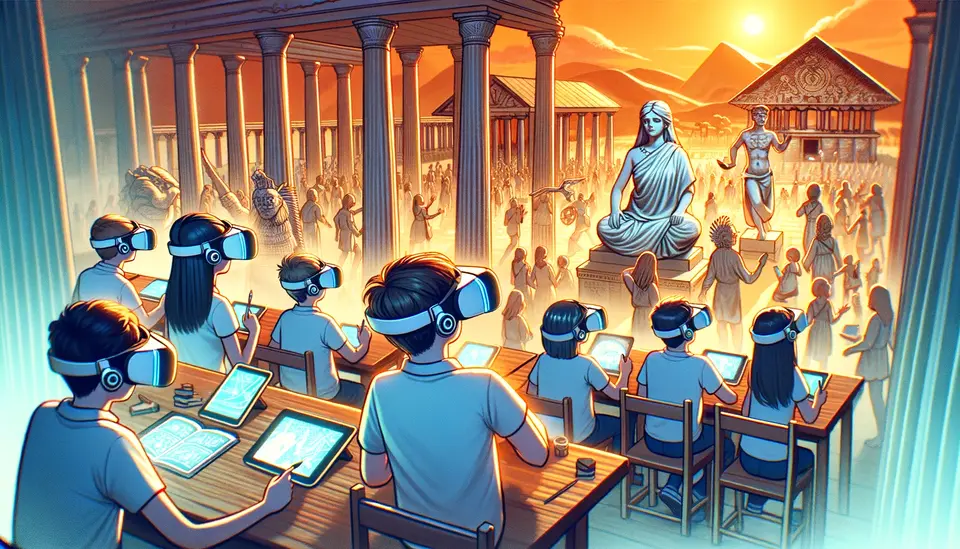
Understanding Sora
Overview of Sora: capabilities and functionalities
Sora is OpenAI’s large-scale generative model that excels in creating video content from textual descriptions. It leverages advanced AI techniques to understand and visualize complex scenarios, making it capable of producing videos that range from realistic simulations to fantastical scenes. Sora’s functionalities extend beyond simple video creation; it can generate content that understands and adheres to the laws of physics, exhibits consistent object permanence, and maintains narrative coherence across varying scenes and perspectives.
Sora’s unique features that benefit VR environments
Several features of Sora make it particularly beneficial for VR environments:
- Dynamic Content Generation: Sora can create content that changes in response to user input, offering personalized learning experiences.
- High Detail and Realism: The model’s ability to generate high-fidelity visuals enhances the realism of VR simulations, making them more immersive.
- Scalability: Sora’s generative capabilities mean that content creation is not limited by manual design efforts, allowing for a vast array of VR learning environments to be created efficiently.
Technical foundation: How Sora generates realistic and imaginative scenes
Sora’s technical foundation is built upon a combination of diffusion models and transformer architectures. This blend allows Sora to process and generate complex visual data, including videos and images, by turning text instructions into detailed, dynamic scenes. The model operates by first understanding the textual prompt and then iteratively refining a generated scene towards the described outcome, ensuring both visual quality and relevance to the prompt.
The Intersection of Sora and VR-Based Learning
Theoretical framework: Enhancing immersive learning experiences with Sora
The integration of Sora into VR-based learning is grounded in constructivist learning theory, which posits that learners construct knowledge through experiences. Sora enriches these experiences by generating detailed, dynamic environments that learners can explore, interact with, and learn from, thus deepening their understanding and retention of complex concepts.
Practical applications: Scenarios where Sora can be integrated into VR learning
Sora can be integrated into VR learning in several ways:
- Historical recreations for immersive history lessons
- Scientific simulations that allow students to witness and interact with complex scientific processes
- Language learning through culturally and linguistically accurate simulations of different regions
Case studies or hypothetical examples of Sora-enhanced VR learning environments
One hypothetical example of Sora’s integration into VR learning is a medical training simulation where students can practice surgical techniques. Sora generates a highly detailed, anatomically accurate operating room environment and patient anatomy based on the specific surgical procedure being taught. Students can interact with this environment in real-time, receiving immediate feedback on their actions, thus enhancing their learning through practical experience.
This section outlines the foundational understanding of Sora and its potential intersection with VR-based learning, demonstrating how Sora can revolutionize educational experiences by providing immersive, interactive, and personalized learning environments.
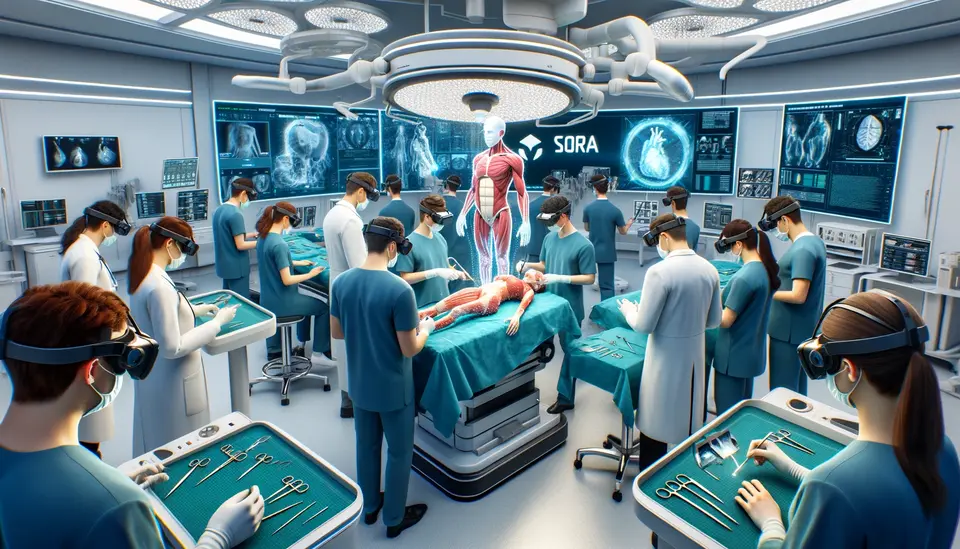
Benefits of Sora in VR Learning
Increased engagement and retention through realistic simulations
Sora’s capability to generate high-fidelity, realistic simulations plays a crucial role in enhancing learner engagement and retention. By providing immersive environments that closely mimic real-world scenarios, learners can interact with and explore complex subjects in a more engaging way. This realism not only captivates learners’ attention but also aids in the retention of information by providing memorable, experiential learning opportunities.
Personalized learning experiences by generating dynamic content
Sora’s generative capabilities enable the creation of dynamic content tailored to the individual learner’s needs and interests. This personalization aspect of VR learning can accommodate different learning speeds, styles, and preferences, offering a customized educational journey for each student. By adapting to the learner’s progress and providing appropriate challenges, Sora can help maintain motivation and facilitate deeper learning.
Facilitating complex skill acquisition through immersive practice
VR environments powered by Sora offer a safe and controlled space for learners to practice complex skills. From surgical procedures to mechanical repairs, learners can gain hands-on experience without the risks associated with real-life practice. This immersive practice not only builds confidence but also enhances skill acquisition, as learners can repeat tasks, explore different outcomes, and receive instant feedback on their performance.
Enhancing creativity and problem-solving skills in learners
By presenting learners with novel scenarios and challenges, Sora-enhanced VR environments encourage creative thinking and problem-solving. These scenarios, which can range from historical events to futuristic simulations, require learners to apply knowledge in new ways, fostering a mindset that values innovation and adaptability. Such skills are invaluable in today’s rapidly changing world and can be effectively developed through immersive VR learning experiences.
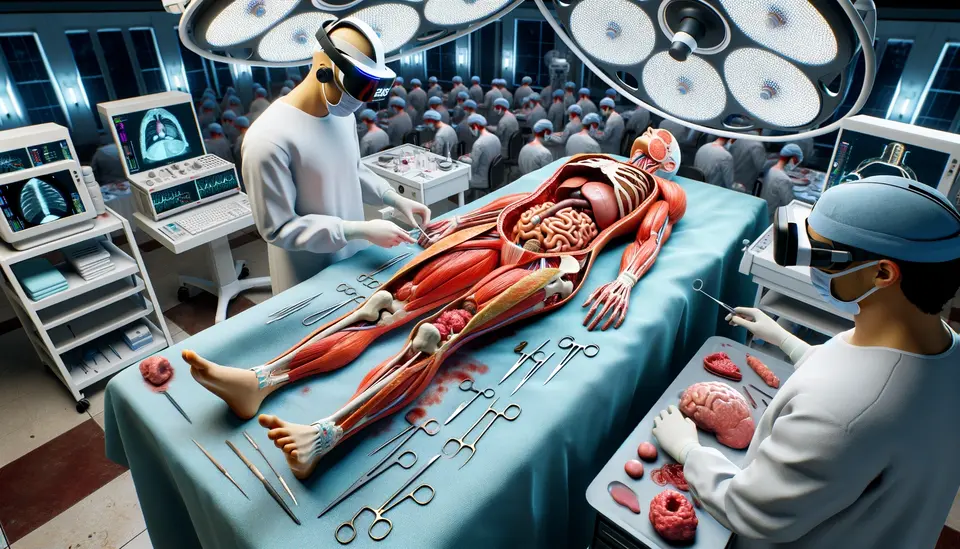
Future Directions
Potential advancements in Sora’s capabilities and their implications for VR learning
As AI technology continues to evolve, future advancements in Sora’s capabilities could further enhance VR learning. Improvements in natural language understanding and generation, along with better simulation of physical interactions, could lead to even more realistic and complex learning environments. These advancements could expand the range of subjects and skills that can be effectively taught through VR, making experiential learning accessible for more disciplines.
The role of AI in shaping the future of education technology
AI, with models like Sora at the forefront, is poised to play a pivotal role in the future of education technology. By enabling personalized learning experiences, adaptive content generation, and realistic simulations, AI technologies are transforming traditional education paradigms. Their integration into VR and other educational tools will continue to create opportunities for more effective, engaging, and inclusive learning experiences.
Collaborative opportunities between educators, technologists, and AI developers
The development of AI-enhanced VR learning solutions like Sora opens up vast collaborative opportunities. Educators, technologists, and AI developers can work together to identify educational needs, develop relevant content, and refine AI models for optimal learning outcomes. Such collaborations can ensure that the technology not only advances in capability but also aligns with educational goals and standards.
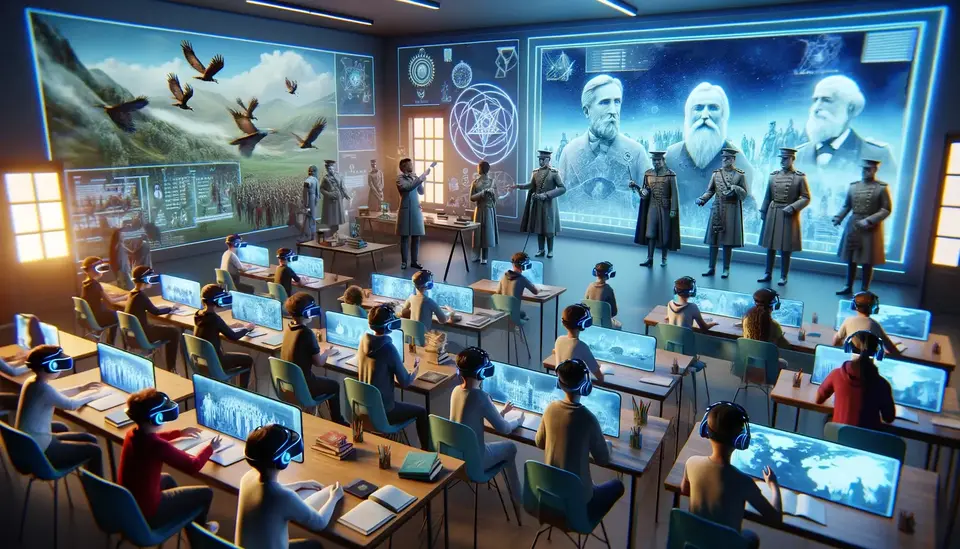
Conclusion
Recap of Sora’s potential impact on VR-based learning
Sora represents a significant leap forward in the potential of VR-based learning, offering benefits such as increased engagement, personalized learning experiences, enhanced skill acquisition, and the development of creativity and problem-solving skills. Its advanced AI-driven content generation capabilities provide a glimpse into the future of education, where learning is immersive, interactive, and tailored to individual needs.
Final thoughts on the importance of innovation in education technology
The integration of innovative technologies like Sora into educational frameworks underscores the importance of continual innovation in the field of education technology. As we look toward the future, it’s clear that embracing these advancements will be key to addressing the evolving educational needs of learners around the world.
Call to action for educators, developers, and policymakers to explore and invest in AI-enhanced learning solutions
The journey toward fully realizing the potential of AI in education is just beginning. Educators, developers, and policymakers must work together to explore, invest in, and implement AI-enhanced learning solutions. By doing so, they can ensure that the educational landscape continues to evolve, offering learners the tools they need to succeed in an increasingly complex and digital world.

